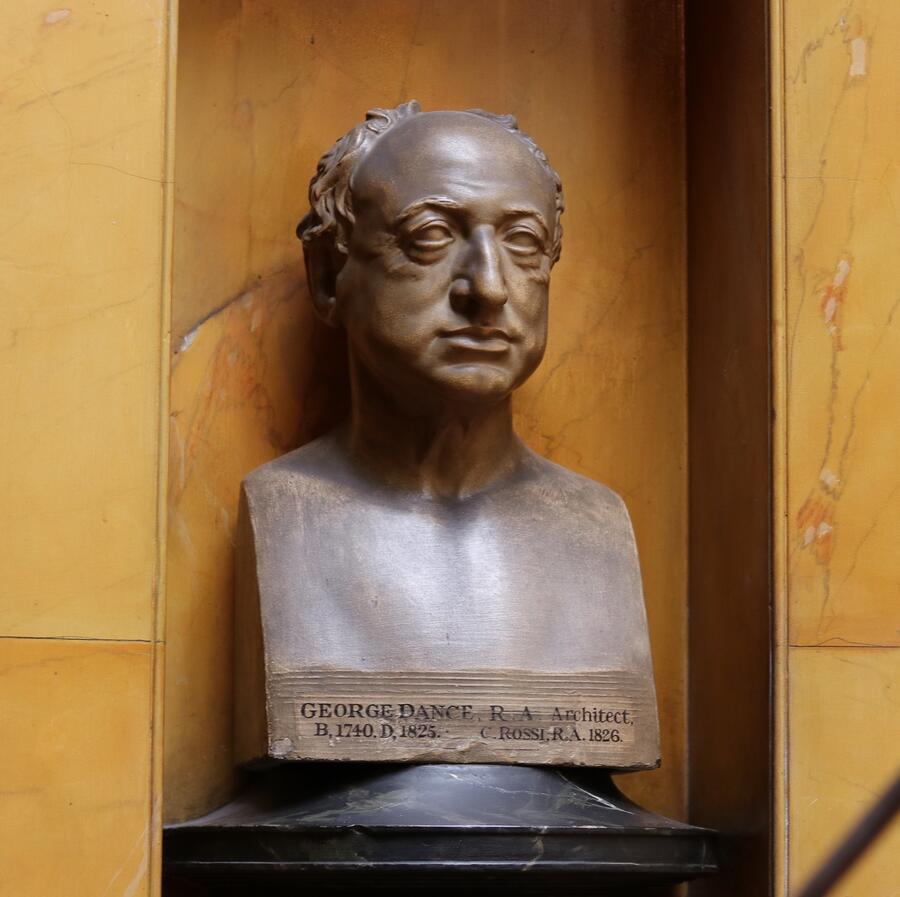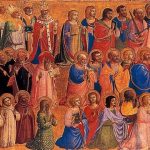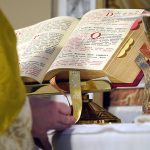
“Ben Shahn, On Nonconformity,” at the Jewish Museum (through October 12): When the last Ben Shahn retrospective came to the Jewish Museum in 1976, Hilton Kramer criticized the progressive artist as a mere illustrator, one who was “publicizing social causes on canvas,” as his headline read. With “On Nonconformity,” Shahn’s largest stateside survey since the 1976 show, the Jewish Museum gives us a chance to revisit the social realist with 175 artworks and objects, including photographs by Shahn (1898–1969) and related materials by his contemporaries. First organized by Madrid’s Reina Sofía museum in 2023, with works that include The Passion of Sacco and Vanzetti (1931–32), the exhibition curated by Laura Katzman reveals an artist of his moment if not necessarily of our own. —JP

The Winter’s Tale, performed by American Ballet Theatre, at the Metropolitan Opera House (July 1–5): For the first time since the National Ballet of Canada presented the work here in 2016, New Yorkers will be able to see Sir Christopher Wheeldon’s ballet adaptation of William Shakespeare’s play The Winter’s Tale (1623), produced this time by American Ballet Theatre. Wheeldon, regarded as one of the most sought-after choreographers working today, premiered his rendition of Shakespeare’s romance with the Royal Ballet in London in 2014. ABT, known for preserving ballet’s more traditional story ballets, adopted the work into its repertoire this past April, when the company premiered it at the Segerstrom Center for the Arts in Costa Mesa, California. The principal artists Aran Bell, Devon Teuscher, and Catherine Hurlin are slated to dance Leontes, Hermione, and Perdita on opening night on July 1. —RSM

John Charles Felix Rossi, Portrait bust of George Dance the Younger, ca. 1824-25, Plaster, Sir John Soane’s Museum, London.
“George Dance the Younger—a bicentennial celebration,” presented by Sir John Soane’s Museum (through December 31): If George Dance the Younger’s name is now less familiar to the world than that of his mentee John Soane, it hardly diminishes his skill. Architectural history is a catalogue of names forgotten; Dance (1741–1825) is doubtless a victim of the fact that few of his buildings survive. But in his extant drawings, which are preserved at Sir John Soane Museum’s in London, we glimpse a keen mind with an acute sense of proportion, a man who understood that, with classical ornamentation, sometimes less is more. On the bicentenary of Dance’s death, the Soane museum has mounted an online exhibition of Dance-associated objects and drawings, giving us insight into this unjustly unknown figure. —BR

Independence Day open house & “The 1700s: The Path to Liberty” symposium, at Fraunces Tavern Museum (July 4): There were toasts to America at Fraunces Tavern even before she was a country, as on June 18, 1776, when the New York Provincial Congress threw a banquet in the tavern’s Long Room honoring General Washington for his defense of the colony. This Independence Day, New Yorkers can join in that tradition of tribute at the Fraunces Tavern Museum’s open house: tickets are only a dollar and include admission to “The 1700s: The Path to Liberty,” a symposium presented with the support of the Lower Manhattan Historical Association (symposium attendees are encouraged to RSVP separately). If you’re stuck manning the barbecue, the symposium can also be attended online for free. —RE
Podcast:
“Music for a While #104: Vibrations (good).” Jay Nordlinger, music critic of The New Criterion talks music—but, more important, plays music.
Dispatch:
“Dated angst,” by Kyle Smith. On Angry Alan, by Penelope Skinner at Studio Seaview.
From the Archives:
“Crime and punishment,” by Leszek Kolakowsky (November 1991). On justifications for punishment.


















